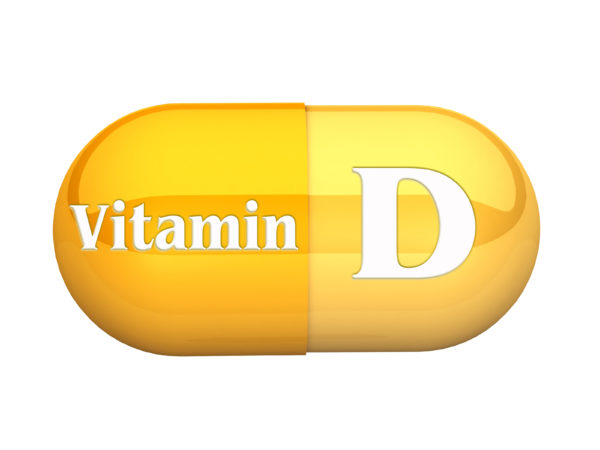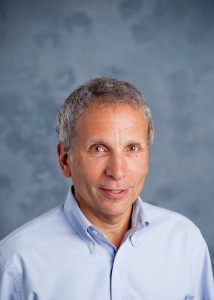
04 Mar To Your Health: Vitamin D
Dr. Alan Safdi is a gastroenterologist with a talent for delivering evidence-based medical findings for healthy living in easily digestible sound bytes. Our relationship with Safdi began several years ago when we attended a Wellness Conference at The Peaks Resort & Spa. We next heard him speak again at Telluride First Foundation’s inaugural Integrative Wellness Conference, at the Telluride Conference Center in Mountain Village. where the audience got enough of a taste of his encyclopedic knowledge of mind-body wellness and preventative medicine to want more.
And more is coming…
On Wednesday March 22 through Friday, March 24, 2017, Dr. Alan Safdi returns to Telluride to speak at a three-day, evidence-based conference entitled “Wellness Symposium & GI Update 2017,” at Telski’s Peaks Resort & Spa. The subject: longevity, wellness, micro-nutrients, common medical disorders. Nutritional science will be explored in depth, which means no testimonials, only evidence-based medical science.
The event is open to medical professionals* as well as to the general public.
For further information and to register by email, go to asafdi@ohiogi or call (24 hours) 888-696-6734. Mention “Wellness Symposium” and receive a 20% discount.
Dr Alan Safid is a regular contributor to Telluride Inside… and Out. His column is entitled “To Your Health.” (Search under the column name or Safdi’s name on our home page to find all his eye-opening posts.)
In the run-up to the conference, this week Dr. Safdi talks about Vitamin D.

Full disclosure: I take very few supplements because I think whole foods beat supplements every day.
But one of the exceptions in my diet is Vitamin D – however, I dose based on blood tests that monitor my levels.
The fact is we all need 13 vitamins to live: A, C, E, and K, plus 8 B vitamins (thiamin or B1, riboflavin or B2, niacin or B3, folic acid, pantothenic acid or B5, biotin, pyroxidine or B6, and B12) – and D.
Most of those vitamins come from foods – and multivitamins – but very few foods naturally contain Vitamin D. Fatty fish and eggs are exceptions. Synthesis of Vitamin D in our skin (through sun exposure) and foods fortified with Vitamin D are two other major sources. The farther we get from the equator or the more pigment in our skin, the greater the chance of Vitamin D deficiency.
Vitamin D and its metabolites play a significant clinical role because of their interrelationship with calcium homeostasis and bone metabolism. The main question we doctors are grappling with currently is what other beneficial effects Vitamin D might have on our bodies and what are the appropriate blood levels.
Again, most people understand Vitamin D is critical for bone and muscle health. But a recent British Medical Journal study found that by taking D supplements, the risk of acute respiratory infection was cut in half among those with the greatest Vitamin D deficiency. The study, a participant data meta–analysis of 25 randomized controlled trials, included more than 11,000 participants. Acute respiratory infections are responsible for millions of emergency department visits in the United States and millions of deaths globally each year.
To resolve any discrepancies in Vitamin D trials – and there were conflicting results – a research team from Queen Mary University of London conducted a study in more than a dozen countries, including the U.S., Canada, and the U.K. Their findings showed that daily or weekly supplementation offered the greatest benefit for individuals with the most significant Vitamin D deficiency (blood levels below 10 mg/dl) – cutting their risk of respiratory infection in half – and that all participants experienced some beneficial effects from regular Vitamin D supplementation. Administering occasional high doses of Vitamin D did not produce significant benefits.
Remember that the only way to know your Vitamin D levels is through appropriate blood monitoring of the 25-hydroxy Vitamin D level during a routine blood test. Too little may be dangerous, but so can too much.
A study published in June 2014 in the British Medical Journal looked at 25-hydroxy Vitamin D concentrations in 26,018 subjects and eliminated confounders such as season of the year, country differences, age, and gender prior to reach the following conclusion: “Robust Evidence Links Very Low Levels of Vitamin D to All-Cause Dementia and Alzheimer’s Disease.”
In another recent study, individuals older than 60 years of age showed markedly low levels of 25-hydroxy vitamin D [25(OH) D] with several markers for inflammation, including high-sensitivity C-reactive protein (hsCRP). Inflammatory biomarkers were significantly higher when Vitamin D levels were low: <25 nmol/L (very low) as compared to >75 nmol/L.
In another recent study involving women, a Vitamin D level of 40 nmol/L was associated with the lowest myocardial infarction (heart attack) risk; for men, it was 75 nmol/L.
We have also noted there is a significantly lower incidence of Crohn’s disease and ulcerative colitis in areas of the world with more sunshine.
Investigators writing in the United European Gastroenterology Journal said that Vitamin D supplementation may be a potential therapy for treatment of active disease or prevention of relapse in Crohn’s disease. Those findings are providing the first preliminary clinical data suggesting Vitamin D may help maintain intestinal integrity in Crohn’s disease, a fact that appears to be supported by emerging evidence from other experimental studies.
What about diabetes?
A number of studies tracking healthy people for years have reached the same conclusion: “People with higher levels of Vitamin D have a lower risk of developing type 2 diabetes in the future.”
In a provocative study, those taking Vitamin D (either alone or with calcium) had better pancreatic beta cell function than those who did not take Vitamin D.
Vitamin D has major effects on nearly all the cells of our immune system.
In my practice, for 14 years and counting, I have routinely checked Vitamin D levels, especially in patients with autoimmune diseases.
As we wear more and more sunscreen (which is appropriate) and larger hats and live farther from the equator, however, we are faced with increasing Vitamin D deficiency. Where I live in the Midwest, about 90 percent of the patients we see in our practice are insufficient or severely deficient.
The elderly and African-Americans are especially vulnerable to Vitamin D deficiency, so supplementation (preferably in natural form, Vitamin D3, cholecalciferol) should quite likely be routine for those groups.
All of these studies suggest that as with most vitamins, with Vitamin D, there are verified and emerging risks of deficiency. There are also risks of toxicity with excessive amounts, particularly with fat soluble vitamins such as A, E – and D.
Fat soluble vitamins can easily build up in the body, so I personally check labs yearly. If someone is extremely D deficient, I follow a peak at the end of the summer and a trough at the beginning of spring until I have the appropriate dosing schedule.
There is a lot yet to learn about Vitamin D – as well as all vitamins. Until we have better data, be wary of excessive doses.
And for those of you who are curious: I take 2,000 IU of Vitamin D a day. My levels have been steady now for years at around 42 ng/ml.
Is that the best level? Always discuss your levels with a trusted primary healthcare provider.
And hopefully we will have much better data available in the next few years.
More about Dr. Alan Safdi:
Dr. Alan Safdi is a speaker, contributor, and serves on the advisory board of the Telluride First Foundation.
He is board certified in Internal Medicine and in Gastroenterology and a Fellow of the American College of Gastroenterology. A proven leader in the healthcare arena, Safdi has been featured on the national program “Medical Crossfire” and authored or co-authored numerous medical articles and abstracts. He has been an investigator in over 581 studies and is President of both the Consultants For Clinical Research and the Ohio Gastroenterology and Liver Institute.
Dr. Safdi has been involved in grant-based and clinical research for about 35 years and is passionate about disease prevention and wellness, not just fixing what has gone wrong. He is an international lecturer on the subjects of wellness, nutrition, and gastroenterology.
*For medical professionals only, the conference offers 12 Hours CME Category 1 and 12 Hours AAFP Prescribed. This activity is certified by the American Academy of Family Physicians for up to 24 AAFP Prescribed hours. AAFP Prescribed credit is accepted as equivalent to AMA PRA Category 1 Credit™ toward the AMA Physician’s Recognition Award (PRA).



Sorry, the comment form is closed at this time.